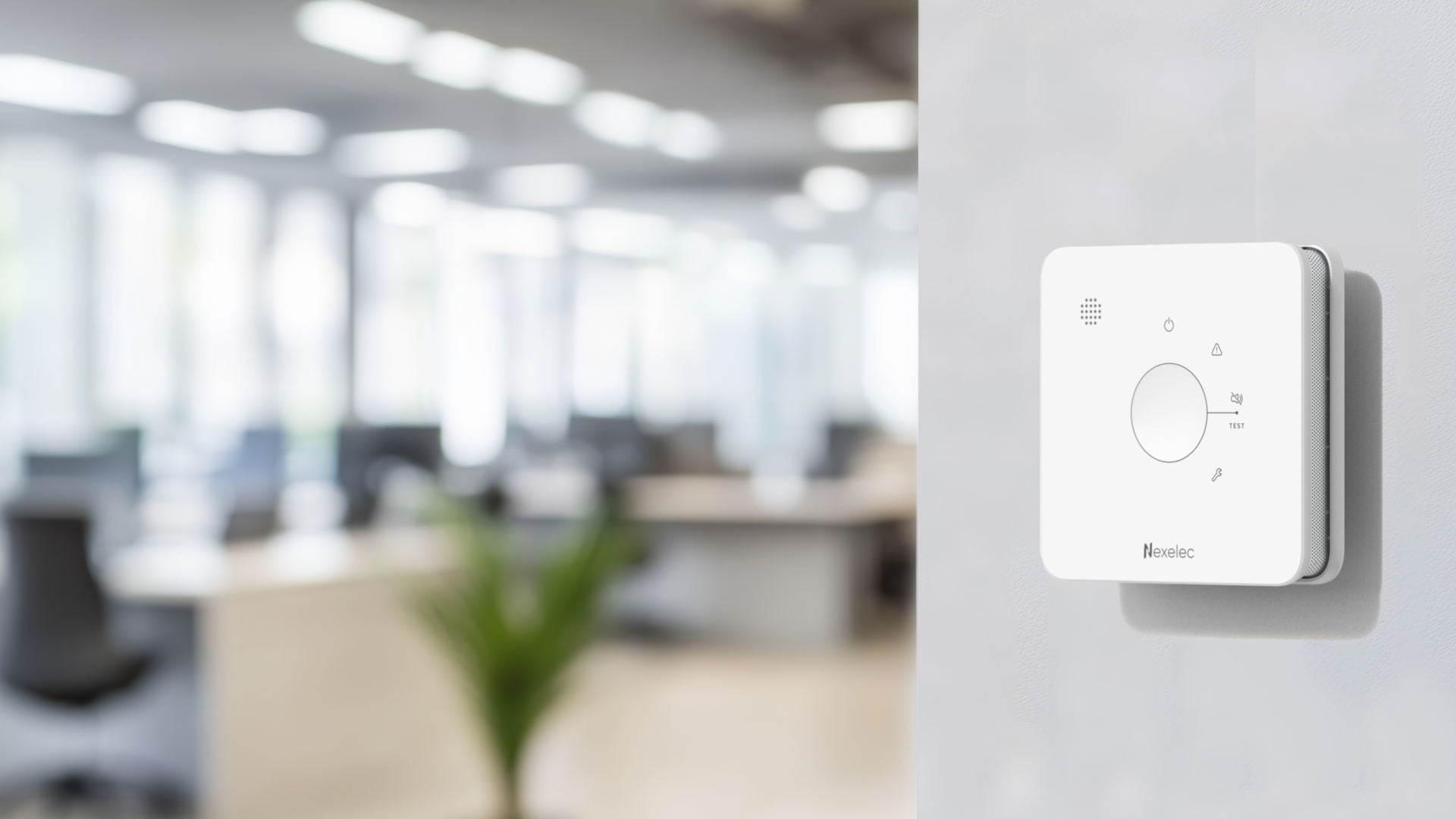Carbon monoxide is an invisible, odourless, colourless gas. It silently seeps into homes, often without alerting anyone. And yet it can be fatal within hours. In the face of this invisible danger, carbon monoxide detectors remain the best protection for your home. Easy to install and affordable, these devices have become essential allies in home safety. But be careful: installing detectors should not be taken lightly. Improper installation can compromise their effectiveness. It is not just a matter of attaching a box to the wall, but of following the installation rules to ensure effective detection. If installed, maintained or used incorrectly, carbon monoxide detectors can lose all their effectiveness.

Choosing the wrong detector location
The first mistake we regularly come across concerns the location of the detector. All too often, it's installed where it's practical and discreet... but not necessarily effective. And yet, location plays a vital role in the alarm's ability to rapidly detect carbon monoxide and trigger the alarm, reacting to the slightest air movement.
Correct positioning means placing the alarm in the same room as the appliance likely to emit this gas: boiler, wood-burning stove, fireplace, gas water heater... This seems obvious, but in practice it's sometimes forgotten. Ideally, the alarm should be located at a distance of between one and three meters from this source: neither too close to avoid interference, nor too far away to guarantee rapid alert. It can be wall- or ceiling-mounted, as long as it is not enclosed in a corner or behind an obstacle. This allows the alarm to sound without obstruction, and without being hampered by too little air movement.
Positioning the alarm in the wrong place isn't just a technical error: it's a risk that it won't alert you in time. Every second counts, especially when the alarm is the only one able to detect suspicious movement and warn of danger.
Aesthetics at all costs
Painting your carbon monoxide detector to make it more discreet is an idea that comes up more often than you might think. But it's a common mistake, and a dangerous one at that. Paint can obstruct the sensors, disrupting their sensitivity and distorting monoxide detection. In other words, you run the risk of compromising its effectiveness... and therefore your home's safety from carbon monoxide, a deadly gas resulting from incomplete combustion.
When painting a room in your home, we strongly recommend that you remove the detector in question before you start. Once the walls or ceilings are dry, the detector can be reinstalled under optimum conditions. This simple gesture helps to protect your home for the long term against the often overlooked toxic gas carbon monoxide. It's important to remember that this gas results from faulty combustion in a heating or cooking appliance. Even apparently normal combustion can release monoxide if ventilation is inadequate. Because even in a well-equipped home, negligence can jeopardize everything. Safety must never be sacrificed for aesthetics: a detector must remain fully functional to monitor any combustion-related anomaly.
Underestimating the importance of maintenance
An installed detector must not be forgotten. Many people think that once it's in place, it can function without intervention. But, like any electronic device, it requires a minimum of maintenance. Regularly checking that it's working, testing its alarm, making sure the battery is still in working order... These simple gestures should become reflexes, especially when you know that carbon monoxide is the result of incomplete combustion and can accumulate silently. Every season, a new check is a good habit to adopt.
A detector with a weak battery or faulty sensors won't give a warning signal in the event of abnormal combustion. And in the case of carbon monoxide, there's no smell or smoke to compensate for this silence. So it's vital to bear in mind that each detection device is there to monitor that which escapes our senses. These detection devices must not be left without further inspection or attention, otherwise their effectiveness will diminish.
It's also essential to respect the manufacturer's specified service life: as a general rule, a carbon monoxide detector should be replaced every 10 years. After that, its ability to detect faulty combustion may be impaired, exposing occupants to an invisible but very real danger.
Deactivating your detector for no reason
Finally, an all-too-common mistake is to deactivate alarms when they emit signals that are deemed annoying. A low battery beep, a test alert, and some people choose to temporarily remove one of their detectors... without thinking about putting it back on. This is dangerous behavior, because you quickly get used to the absence of these devices, and the risk of carbon monoxide becomes invisible. The odorless, colorless carbon monoxide can then seep in undetected, causing serious poisoning and compromising the safety of the whole house. Ignoring another alarm can have serious consequences.
If you need to turn off an alarm for occasional maintenance, it's essential to do so correctly, taking care not to compromise its lifespan and therefore its ability to ensure safety. For a sealed-battery model, the operation requires a paper clip to be inserted into a hole in the back of the device to cut off the power supply. For a replaceable-battery model, simply remove the battery and wait at least twenty seconds before switching it back on. Each new intervention must be carried out rigorously. However, unless there is a proven malfunction, there is no reason to disable a working alarm, as this could reduce the duration of its protection against carbon monoxide, jeopardizing the safety of occupants. A switched-off or faulty alarm won't protect you in the event of a monoxide leak, putting you and your loved ones at risk, and jeopardizing the safety of your home.
This news may interest you
Nexelec's news
